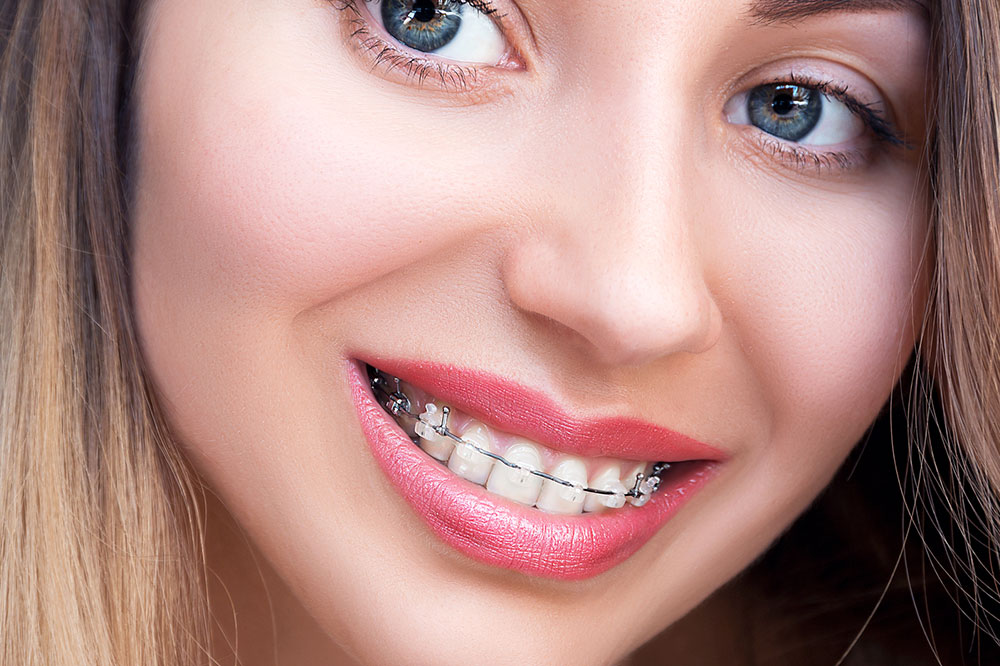Comprehensive Guide to Deep Bite: Causes, Risks, and Effective Treatment Strategies
Deep bite is a common dental malocclusion involving excessive overlap of upper front teeth over lower teeth. It can cause functional problems, aesthetic concerns, and long-term oral health issues. Early diagnosis and treatment are essential to prevent complications. This comprehensive guide discusses causes, risks, and modern treatment strategies like braces, aligners, and surgical options. Understanding the importance of early intervention can help achieve better dental health and facial harmony. Learn about effective remedies and why timely dental care makes all the difference for individuals affected by deep bite.

Comprehensive Guide to Deep Bite: Causes, Risks, and Effective Treatment Strategies
Dental health is a vital aspect of overall wellness, and addressing dental misalignments is key to maintaining oral functionality and aesthetics. Among various dental conditions, a deep bite stands out as a complex malocclusion that can significantly impact both oral health and facial appearance. While many people are familiar with common dental issues like cavities, plaque buildup, and gum disease, conditions such as deep bite often go unnoticed until they cause noticeable discomfort or damage. This extensive guide aims to shed light on what a deep bite is, its causes, potential risks, and the latest treatment options available to correct this malocclusion effectively.
What Is a Deep Bite?
Understanding the core of deep bite involves examining the way teeth align when in occlusion. A deep bite is characterized by the upper front teeth excessively overlapping the lower front teeth when the mouth is closed. Unlike normal bite patterns where the upper teeth slightly cover the lower teeth, a deep bite presents an excessive vertical overlap, often leading to functional and aesthetic concerns. This dental misalignment can be more severe compared to other bite problems such as overbite or underbite, and it often requires specialized attention from dental professionals.
Deep bite can significantly alter facial proportionality, leading to a disproportionately shorter appearance of the lower jaw and sometimes creating a convex or bell-shaped smile. The condition causes the lower teeth to appear shortened or pushed upward, sometimes pressing into the palate—a condition that can lead to severe dental and gum issues. In more complicated scenarios, the upper edges of the lower teeth may even exert pressure on the palate, resulting in painful sensations and potential erosion of tooth enamel. Recognizing these symptoms early is crucial for effective intervention and restoring oral health.
Problems Associated with Deep Bite
Deep bite malocclusion is not just a cosmetic issue; it also affects the functionality of the teeth and jaw. Over time, it can lead to excessive wear on the lower front teeth, risk of fractured or chipped teeth, and difficulty in chewing and speaking. The abnormal pressure exerted on gums behind the upper jaw can increase the likelihood of gum recession and periodontal damage. Furthermore, the misalignment of the jaw can cause temporomandibular joint (TMJ) disorders, presenting symptoms such as jaw pain, clicking sounds, headaches, and even neck discomfort. These complications can significantly diminish quality of life if left untreated, making early diagnosis and correction essential.
What Causes a Deep Bite? Factors And Predispositions
Multiple factors contribute to the development of a deep bite. Genetics play a central role; individuals with a family history of malocclusion are more likely to develop this condition. Additionally, behavioral habits during childhood can influence jaw and teeth development. For instance, thumb sucking, tongue thrusting, or prolonged use of pacifiers can exert undue pressure on teeth and jaws, leading to abnormal growth patterns. These behaviors interfere with proper occlusion and can aggravate existing misalignments.
Beyond behavioral factors, environmental influences such as poor nutrition during critical growth periods and dental trauma can also predispose individuals to deep bite malocclusion. Abnormal jaw development, whether due to genetic or environmental reasons, often results in a disproportion between the upper and lower jaws, creating the foundation for a deep bite. Certain skeletal discrepancies, such as a retrusive lower jaw, can exacerbate the condition, necessitating a comprehensive evaluation by dental or orthodontic specialists to determine the root causes specific to each patient.
The Significance of Early Detection and Treatment
Addressing a deep bite promptly is crucial to prevent long-term oral health complications. During childhood and adolescence, the jaw and teeth are still developing, making early intervention more effective. Failing to treat a deep bite can lead to progressive deterioration, including increased wear of teeth, gum recession, and worsening facial aesthetics. Early orthodontic treatment aims to correct bite misalignments before they become more severe, reducing the complexity and cost of correction later in life. Additionally, early correction improves speech, mastication (chewing ability), and overall facial harmony, boosting self-confidence and quality of life.
For adults, correction of deep bite may involve more complex procedures such as orthognathic surgery in severe skeletal cases, alongside orthodontic appliances. Regardless of age, a multidisciplinary approach involving orthodontists, oral surgeons, and general dentists ensures comprehensive care tailored to individual needs.





